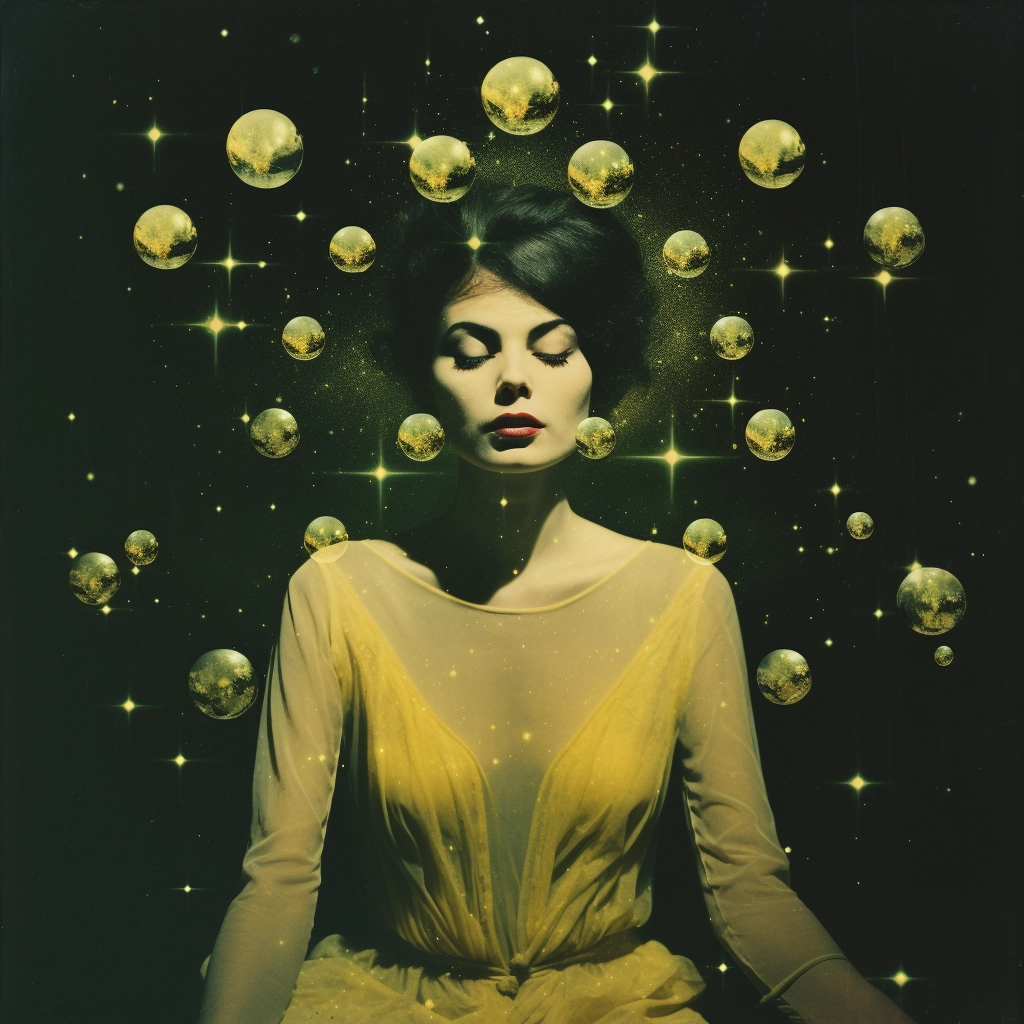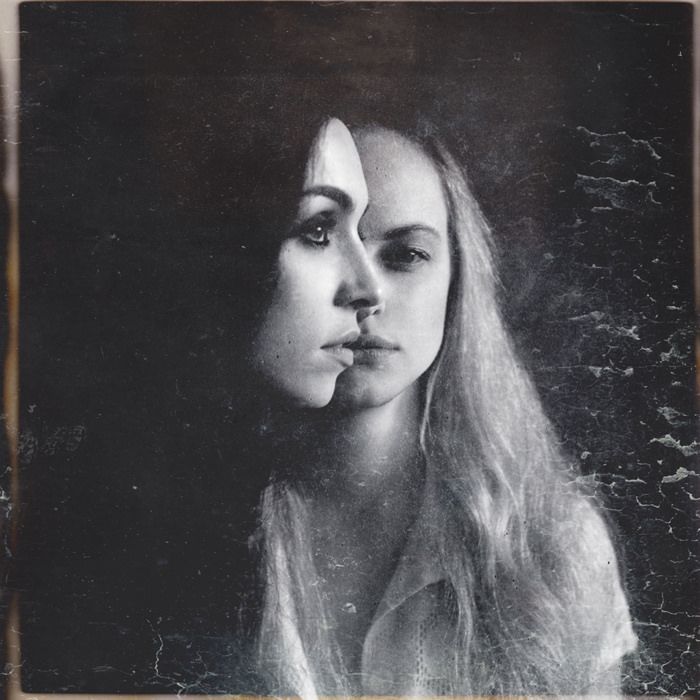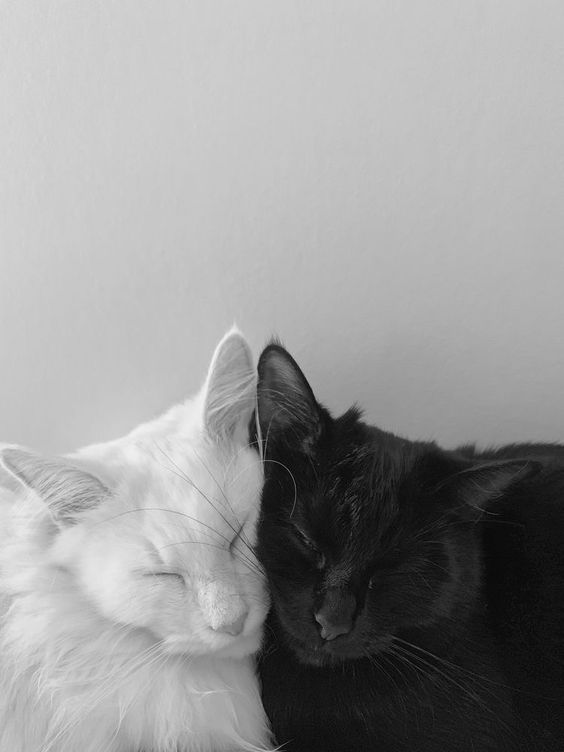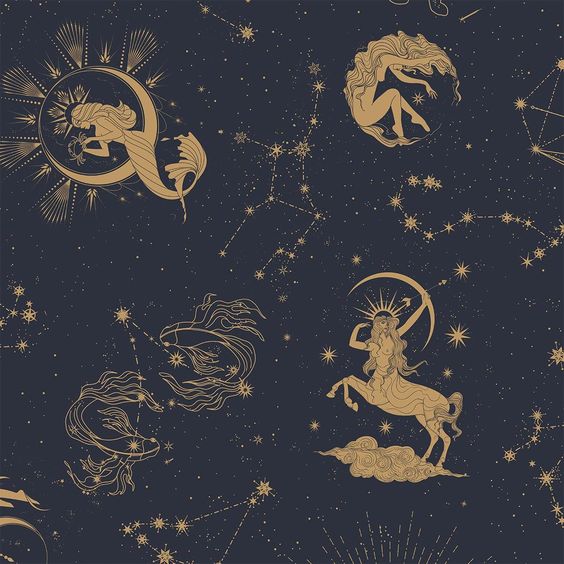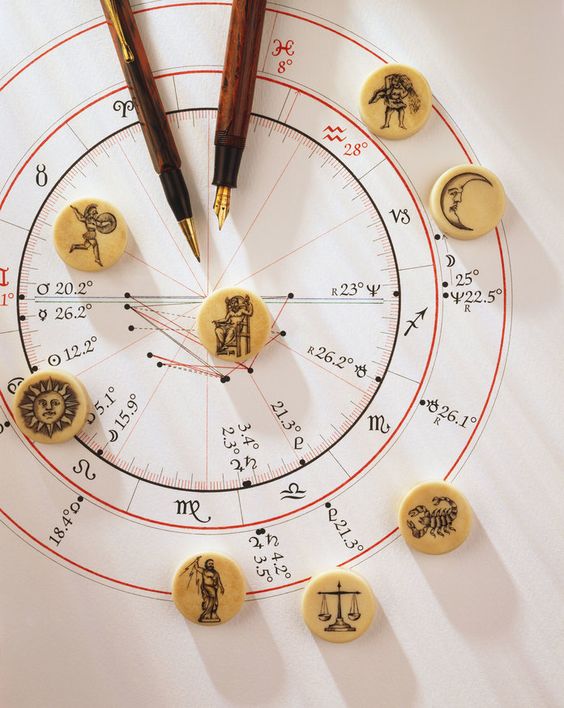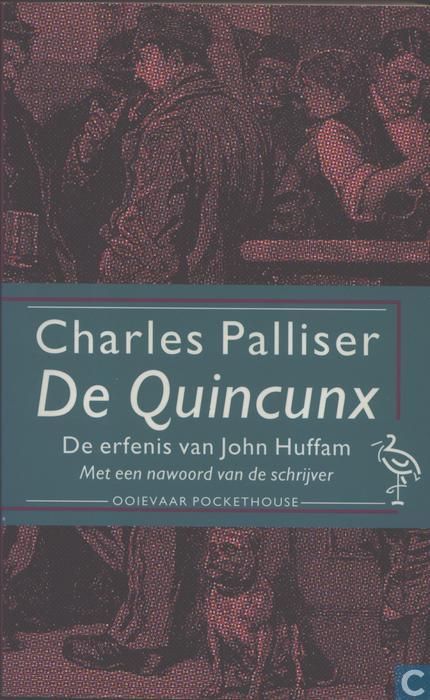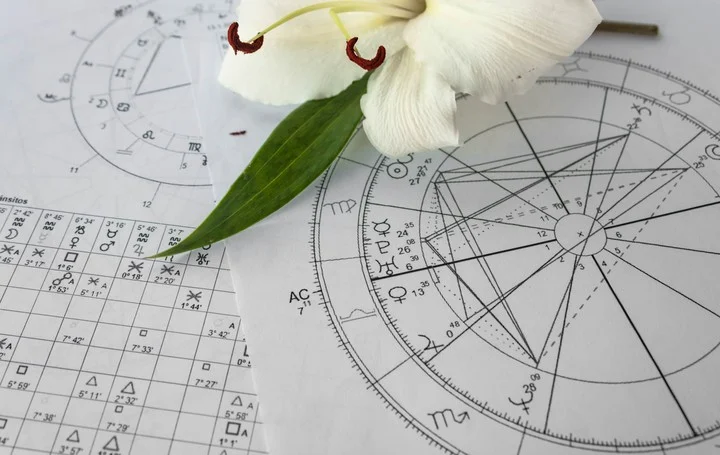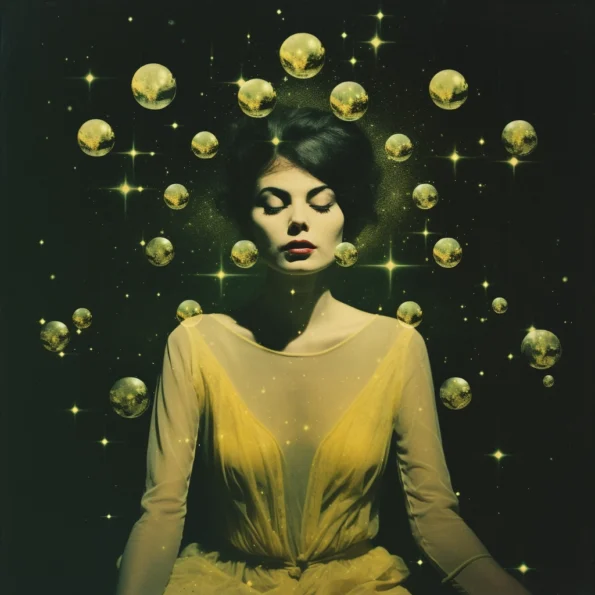 The mysterious orb—the tender margin within which the influences flow. This is one of those debates where precision and intuition lock horns like constellations battling for space in the night sky. The orb is the cushion of degrees that determines whether a planetary aspect still has enough juice to matter, or if it’s just floating in the astrological ether. The conventional thinkers, those champions of the tighter orbs—5 to 6 degrees, let’s say—they value the intensity of proximity. They argue that the planets must be snugly aligned to make a real impact. These astrologers argue that tighter orbs ensure that the aspects are more laser-focused, like a concentrated beam of planetary energy. Now, others might stretch those orbs out to 8 or 10 degrees, especially for the heavyweights like the Sun and Moon. They’re the cosmic liberals, saying, “Why not let these influences be felt a bit further out?” It’s more generous, perhaps. Both approaches have their merits. The tighter orbs may give you the razor-sharp clarity of what’s urgent and undeniable, while the wider orbs allow for a broader, more inclusive view of the dance between the stars.
The mysterious orb—the tender margin within which the influences flow. This is one of those debates where precision and intuition lock horns like constellations battling for space in the night sky. The orb is the cushion of degrees that determines whether a planetary aspect still has enough juice to matter, or if it’s just floating in the astrological ether. The conventional thinkers, those champions of the tighter orbs—5 to 6 degrees, let’s say—they value the intensity of proximity. They argue that the planets must be snugly aligned to make a real impact. These astrologers argue that tighter orbs ensure that the aspects are more laser-focused, like a concentrated beam of planetary energy. Now, others might stretch those orbs out to 8 or 10 degrees, especially for the heavyweights like the Sun and Moon. They’re the cosmic liberals, saying, “Why not let these influences be felt a bit further out?” It’s more generous, perhaps. Both approaches have their merits. The tighter orbs may give you the razor-sharp clarity of what’s urgent and undeniable, while the wider orbs allow for a broader, more inclusive view of the dance between the stars.
Astrologer Liz Greene takes an even more expansive approach, using a 10-degree orb for major aspects and a 6-degree orb for sextiles in her calculations. Expanding the scope like a wide-angle lens, letting the starlight spill further into the cracks of our psyche. It’s a philosophy that says, “Hey, the universe is vast, so why limit ourselves to only what’s immediately apparent?” By allowing for orbs of up to 10 degrees for major aspects, she’s taking in a fuller view of the astrological landscape. This broader perspective does indeed lend itself to a more nuanced and inclusive interpretation. When applied to transits, Greene follows the same approach.
This expansive view can offer deeper insight, revealing layers that might be missed with a stricter, more minimalist approach. Some aspects in the astrological chart ones that might not crash like waves but still leave their mark over time. But of course, with this approach, one risks a touch of overreach, doesn’t one? Allowing for wider orbs means you might pick up influences that are, let’s say, not quite in the front row of the astrological theater. Yet, for those who value the big picture, who appreciate the chart as a whole, it’s a beautiful way to chart the stars.
Reinhold Ebertin, the master of the minimalist touch, insists that when it comes to orbs, less is more! No excess, no fluff, just lean into the targeted planetary action. Ebertin’s advocacy for drastically shrinking the orb is rooted in the belief that precision yields clarity, like adjusting a telescope to sharpen a distant star into perfect focus. By keeping those orbs tight, he’s essentially saying, “Why dilute the influence when you can zero in on the true potency?” With tighter orbs, Ebertin ensures that the aspects that do fall within the range have a real sense of urgency and intensity—no room for ambiguity or muddled influences. It’s like turning down the lights on the astrological stage so that only the brightest, most commanding performers get the spotlight.
However, there’s a twist even in the strictness of this method. When a conjunction or opposition is especially intense—like when the Sun meets Pluto or Mars squares off with Saturn—some astrologers, Ebertin included, might be persuaded to give the aspect a bit more breathing room. It’s almost as if these planetary powerhouses, in their sheer force, demand extra space to make their impact fully felt. In these rare cases, extending the orb up to 12 degrees is like saying, “Alright, the usual rules don’t quite capture the gravity of this situation, so let’s expand our gaze just a touch.”
You won’t get the broader, more sweeping picture that Liz Greene’s expansive orbs might offer. Instead, you get sharp, intense insights, revealing those core themes that shape an individual’s life. Yet, this razor-thin approach does have its limitations. If you focus too narrowly, you might miss important life themes. But for those who crave specificity, who find beauty in the clear-cut edges of planetary influence, Ebertin’s path is a rewarding one.
In regards to the planetary orbs in transit, Jeff Green had this to say:
I use 5 degrees for transits. Prior to the actual aspect to a planet, or to the exact crossing of a house cusp or angle, one is given the opportunity to prepare for the issues that will be occurring. These opportunities are associated with premonitions and or “forebodings” about the “things to come.” Externally signs or events of what is to come can manifest themselves on a very tentative basis…Of course, many individuals dismiss these signs, pay no attention to them, or are simply confused as to their significance and meaning. For those who have been travelling the path of realization the capacity to understand and interpret these events and signs can help them prepare for what is to come. At minimum these events and signs will catch their attention and they will attempt to understand what they portend for the future. Thus, some kind of preparation will occur. Jeff Green
Tight Astrological Orbs
The choice of orb size is like a Goldilocks problem—what’s too tight, what’s too loose, and what’s just right for the message the stars are trying to deliver? Using a narrow orb for transiting planets, sometimes whittled down to a single degree, is like putting a magnifying glass over the sky’s movements, focusing intensely on those critical moments. This approach is particularly popular with faster-moving planets like Mercury, Venus, and Mars. Their transits, when viewed with a narrow orb, help astrologers identify those sharp, immediate influences—the exact day or even the hour when a quick Mars square might inspire an outburst of courage (or conflict!), or when a Mercury transit triggers a moment of sudden clarity (or confusion).
The beauty of this method is its precision. It allows the astrologer to offer pinpoint predictions—like a weather forecast that says, “Rain at 3 p.m., bring an umbrella.” For clients or chart readers seeking specific guidance on when a situation might intensify or ease, these tight orbs can be immensely helpful. They keep the focus razor-sharp, ensuring that the astrologer can say, “This is the moment to act” or “Expect a challenge on this date.” But there’s no cosmic rulebook that says, “Thou shalt use a 1-degree orb for transits.” The choice depends largely on the astrologer’s experience, and what they’re trying to uncover in the chart. Some astrologers prefer to allow a wider orb, even for the fast movers, because they’re interested in capturing the lead-up and the fallout—the subtle tremors before and after the main event.
This flexibility allows astrology to remain as much art as it is science. A wider orb can encompass those transitional phases, providing a broader understanding of how a transit builds up and then fades away, especially for slower, weightier planetary transits like Jupiter, Saturn, or the outer planets. Their influence might linger longer, like a slow-boiling pot, and a slightly wider orb ensures that the astrologer captures the entire arc of their impact. Ultimately, there’s wisdom in both, and the magic lies in knowing which tool to use for which moment.
The slow-moving planets (Uranus, Neptune, and Pluto) take their sweet time gliding through the zodiac. The use of wider orbs for these long-term, weightier influences makes perfect sense, especially when contrasted with the more immediate, sharp-edged effects of the swift planets. For natal aspects, those connections that persist throughout a person’s life, the typical 8-degree orb acts like a gentle buffer, allowing room for the nuances of long-term planetary relationships to unfold. It’s as if we’re looking at a landscape painting rather than a snapshot—a broader view that acknowledges how each planetary energy plays into the core dynamics of a person’s character.
Conjunctions, oppositions, and squares between the Sun, Moon, and outer planets are given a little extra space to reveal their stories, a more detailed picture of an individual’s personality, strengths, and struggles. These aspects are the foundational energies that play out over the course of a lifetime, so allowing for a wider orb makes room for the complexities of those relationships to shine through. When it comes to transits of the slower-moving planets, like Jupiter through Pluto, applying a wider orb becomes a nod to their profound and often life-altering potential. These are not fleeting influences; they are like slow tides that gradually reshape the coastline, altering the landscape of an individual’s life over months or even years. A 6- to 10-degree orb, for example, gives astrologers the chance to capture the build-up, the peak, and the eventual tapering off of these significant transits.
Take Jupiter, for instance: a transit from this planet can bring about a period of growth, expansion, and opportunity. With a wider orb, the astrologer can track not just the precise moment of change but the entire arc of possibility, from the first hints of optimism to the final ripple of its influence. As for Saturn, Uranus, Neptune, and Pluto—well, these are the true architects of change. Their transits can feel like tectonic shifts, moving at the pace of deep, internal processes. Neptune dissolves boundaries, bringing dreams or disillusionment in waves that come and go over time. Pluto, the master of transformation, often breaks things down before building them anew, taking years to fully reveal its effects. These are not the energies that crash in like a storm—they are more like a river that carves a canyon, slow but relentless. A wider orb allows astrologers to observe the initial stirrings, the climactic transformations, and the slow settling of the new terrain.
By using a broader orb for these transits, astrologers honor the idea that the influence of such planets is felt well before the exact aspect, as the themes they bring can emerge in subtle shifts and then deepen into major life changes. It’s a recognition that the story of a Neptune or Pluto transit is like a novel rather than a short story—unfolding in chapters, with moments of revelation long before and long after the peak of the aspect. This method respects the rhythm of the universe, understanding that some changes need time to take root, to be absorbed into the very fabric of one’s psyche. It’s like knowing that the tides are turning long before you see the first wave reach the shore, and continuing to feel the echoes of that change long after the waters have receded. In this way, the wider orb becomes a lens through which the astrologer watches the unfolding journey of a soul, honoring the slow, steady pulses of cosmic evolution.
Astrological Patterns says,
Many astrologers use wider orbs; they allow up to 14 degrees for aspects involving the Sun or moon, and 10 degrees for planets in aspect to each other. In the authors combined experience of eighty-four years in counseling and teaching, they have observed subtle leanings with these wide orbs; however, they are not overtly active or expressed in the life. The more exact the aspect, the stronger will be the expression of that which is promised in the aspect.
Liz Greene says,
The wider the orb the greater the flexibility and room to maneuver. So you feel the aspect at 10 degrees, but it will be much more intense if the aspect is within a couple of degrees.
